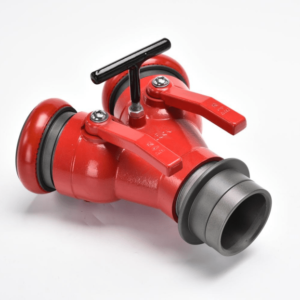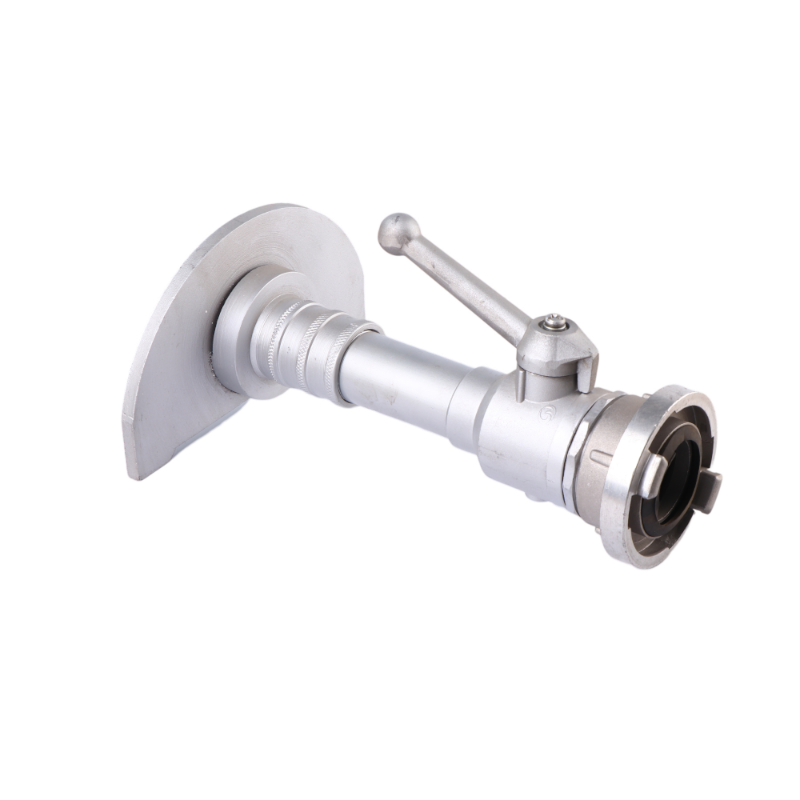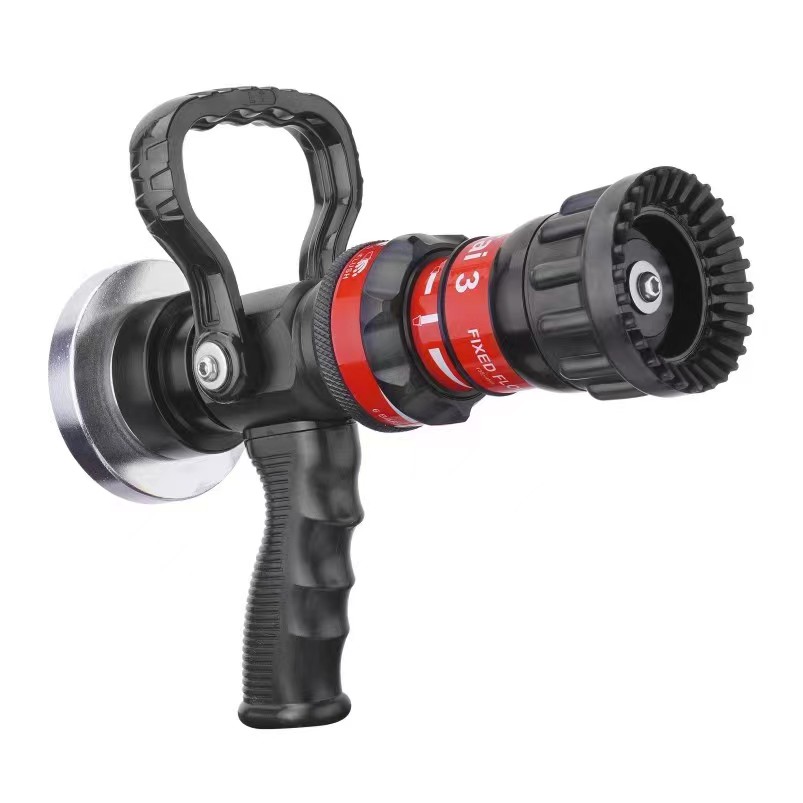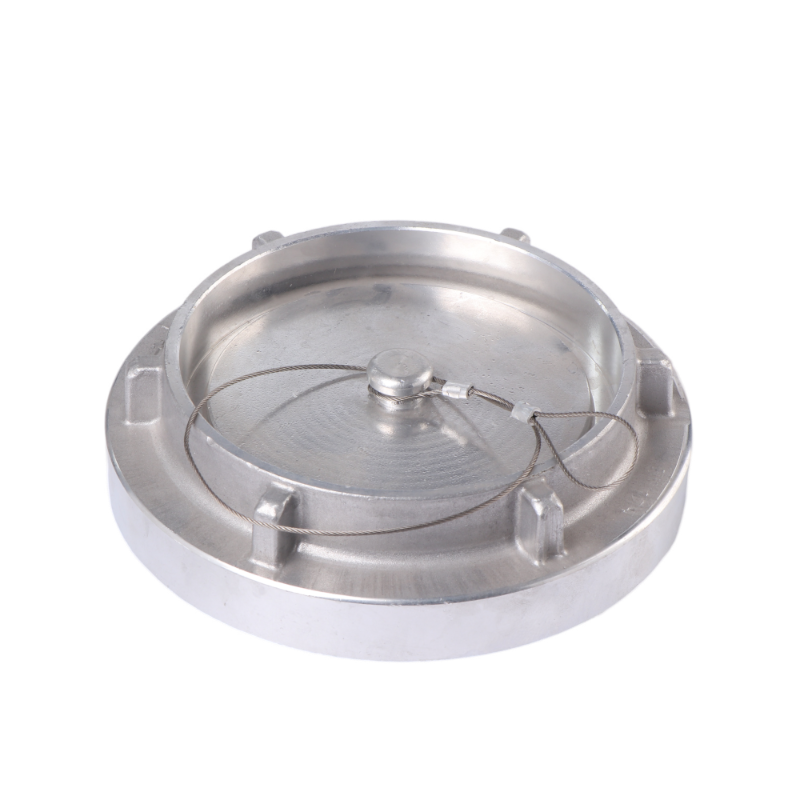Water Dividers (Wye), commonly known as wye fittings, play a crucial role in plumbing systems, facilitating the distribution of water in different directions while maintaining proper flow control. Whether you’re a professional plumber or a homeowner taking on a DIY plumbing project, understanding the selection and installation of wye fittings is essential for an efficient and functional plumbing system.
Understanding Water Dividers (Wye)
What are Water Dividers (Wye)?
Water dividers, often referred to as wye fittings due to their Y-shaped design, are plumbing components used to divide water flow in various directions. They feature a Y-shaped configuration with three openings, allowing the passage of water in two directions simultaneously while maintaining flow control.
Types of Water Dividers (Wye)
- Standard Wye: These are the most common type, featuring equal-sized branches that split the flow evenly.
- Reducing Wye: These have different-sized openings, allowing for the division of unequal water flows.
- Combination Wye: These are versatile fittings that combine wye configurations with additional connections for increased functionality.
Factors to Consider When Selecting Water Dividers
- Material: Wye fittings are available in various materials, such as PVC, CPVC, copper, and brass. Consider factors like durability, compatibility with existing plumbing, and resistance to corrosion when selecting the material.
- Size and Configuration: Ensure the Water Dividers (Wye) size matches the pipe size and configuration required for your plumbing system. This involves understanding pipe diameters and the necessary flow rates.
- Flow Requirements: Assess the water flow requirements for each branch to determine whether a standard or reduced-width fitting is needed to achieve a balanced flow.
- Compatibility: Check compatibility with other components in your plumbing system, ensuring seamless integration without compromising performance.
Installation Guide for Water Dividers (Wye)
- Gather the Necessary Tools and Materials
Before starting the installation process, ensure you have the required tools and materials:
- Wye fittings (selected based on specifications)
- Pipe cutter or hacksaw
- Pipe deburring tool
- Solvent cement (for PVC/CPVC fittings)
- Thread tape or joint compound (for metal fittings)
- Measuring tape
- Marker
- Preparation
Measure and mark the pipes where the wye fitting will be installed. Ensure the pipes are clean and free from debris or old fittings to achieve a secure connection.
- Cutting and Deburring Pipes
Using a pipe cutter or hacksaw, carefully cut the pipes at the marked locations. After cutting, use a deburring tool to remove any rough edges or burrs on the cut pipes to ensure a smooth connection.
- Dry Fit and Alignment
Dry fit the Water Dividers (Wye) fitting and pipes together to ensure proper alignment and fit. This step allows you to make any necessary adjustments before permanently joining the components.
- Joining the Wye Fitting
For PVC or CPVC fittings, apply solvent cement to the pipes and fittings according to the manufacturer’s instructions. For metal fittings, use thread tape or joint compound on the threaded connections to create a secure seal.
- Final Connections and Testing
Complete the installation by securely connecting all pipes and fittings. Once installed, test the system by turning on the water supply and checking for leaks or irregularities in water flow.

Applications of Water Dividers (Wye)
- Residential Plumbing: Water Dividers (Wye) are extensively used in residential plumbing systems for branching water supply lines, such as diverting water to different fixtures like sinks, toilets, and showers.
- Commercial and Industrial Use: In larger settings like commercial buildings or industrial facilities, wye fittings play a crucial role in managing complex plumbing networks and efficiently channeling water to various zones or equipment.
- Agricultural Irrigation: Wyes are employed in agricultural irrigation systems to distribute water to different areas of farms or fields, ensuring adequate hydration for crops.
- Municipal Water Distribution: These fittings are integral in municipal water systems, allowing for the diversion of water to different neighborhoods, buildings, or water treatment facilities.
Maintenance and Troubleshooting Tips
Maintenance Tips:
- Regular Inspections: Perform routine checks on Water Dividers (Wye) to identify any signs of leaks, corrosion, or damage. Addressing issues promptly can prevent larger problems later on.
- Cleanliness: Ensure the fittings and surrounding areas are free from debris, dirt, or other substances that might hinder their performance. Clean the fittings during regular maintenance to prevent blockages.
- Secure Support: Check the support of pipes and fittings to prevent stress on the connections. Proper support helps avoid movement and potential damage to the wye fittings over time.
- Seal Checks: Verify the tightness of seals periodically, especially after installation or maintenance work, to prevent leaks.
- Address Minor Issues Promptly: If you notice any minor leaks or irregularities in flow, address them immediately. Ignoring small problems can lead to larger issues later.
Troubleshooting Tips:
- Leaks:
- Identify the Source: Check the entire length of the fitting and adjoining pipes to pinpoint the exact location of the leak.
- Tighten Connections: If the leak is minor, try tightening the connections. Ensure not to overtighten, as it may damage the fitting.
- Replace Seals: If the leak persists, inspect and replace the seals or gaskets, as they might be worn or damaged.
- Reduced Water Flow:
- Check for Blockages: Debris or mineral deposits might obstruct the flow. Remove the obstruction carefully to restore normal flow.
- Verify Pipe Sizing: Ensure the pipes and fittings are appropriately sized and do not cause any restrictions in the flow.
- Corrosion:
- Assess the Material: If corrosion is observed, evaluate the material of the wye fitting and pipes. Corrosion might occur due to incompatible materials or exposure to corrosive substances.
- Replace Affected Parts: Replace corroded fittings or pipes to prevent further damage and maintain system integrity.
- Unusual Noises:
- Turbulence: Unusual noises could indicate turbulent water flow. Consider installing noise-reducing fittings or insulating materials to dampen vibrations and noise.
- Pressure Issues:
- Pressure Regulator Check: If experiencing inconsistent pressure, verify the pressure regulator and adjust it as needed to maintain stable water pressure.
Conclusion
Water Dividers (Wye) are indispensable components in plumbing systems, enabling efficient water distribution and flow control. By understanding the selection criteria and following proper installation procedures, you can ensure a reliable and functional plumbing system in your home or establishment.
Remember, proper selection, installation, and maintenance of Water Dividers (Wye) are crucial for the overall performance and longevity of your plumbing system. When in doubt, consult a professional plumber to ensure the job is done correctly.
By following this ultimate guide, you’ll be well-equipped to select and install water dividers (Wye) confidently, contributing to a smoothly functioning plumbing system.




